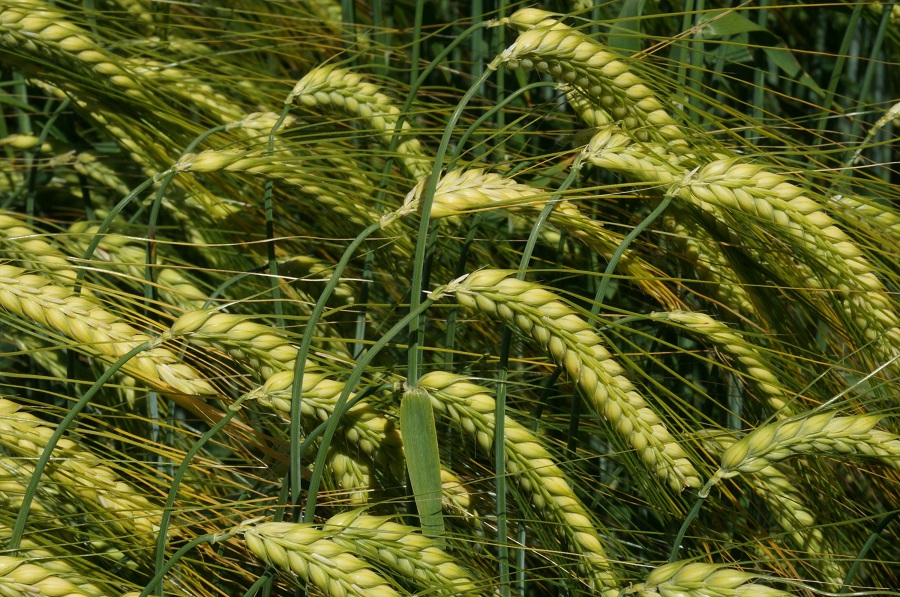When it comes to choosing a feed barley variety, yield is everything, isn’t it? Well – not always. Grain size is a key determinant of yield, and is something that many varieties have struggled with in recent years. Until now. Welcome to centre stage – Senova’s latest variety, Valerie, which looks set to give some old favourites a run for their money.
CPM finds out more about this new two-row offering, which appears to offer the complete package of high grain quality, good yields and impressive agronomics.
By Olivia Cooper.
Most arable farmers have their favourite varieties – crops which perform well, year-after-year. But genetic development doesn’t stand still, with new varieties coming through boasting higher yields, better disease resistance and so on.
Unfortunately, they don’t always deliver the improvement growers are looking for, so when it comes to moving on from what’s become an old friend, you want to be sure that it’s the right choice.
For aficionados of varieties with high specific weights, the time to move forward might have arrived. Well-loved for their bold grain and low screenings, there’s been little to rival them, until now. Stepping up into the limelight is Senova’s newest barley variety, Valerie, which has outperformed most of the leading two-row varieties in trials – both treated and untreated – and combines bold grain, high yield, and a strong agronomic package.
With a specific weight of 70.2kg/hl, it’s only a smidgen lighter than the heaviest on the list, and its treated yield of 102% blows the old favourite into the weeds at just 98%.
Excellent quality
Valerie’s parentage combines barley yellow mosaic virus type 2 resistance with excellent grain quality, and following successful trials in Germany it made its way to the UK, Denmark, France and Austria.
“Surprisingly all of these countries wanted to enter it into official trials because Valerie showed top yield results everywhere,” says breeder Heidi Jaiser. “We felt it must be something special: Valerie seems to be very good at adapting to different conditions.”
And it’s very easy to grow, according to Senova’s Jeremy Taylor. “Growers have been waiting patiently for another feed variety with the desired specific weight of above 70kg/hl, so they’ll be pleased with this.
“Over the years, the varieties that have stuck on the market for some time are those with good specific weights, as this is what growers want to see. Only KWS Cassia has comparable grain quality, but Valerie offers a 4% yield advantage and better disease ratings.”
High untreated yields
With pressures on gross margins, untreated yield is becoming more important, and at 87%, Valerie’s untreated yield tops the two-row rankings, offering growers greater flexibility when it comes to timing of fungicide applications.
It has the highest score on the RL against brown rust, with a strong performance against rhynchosporium, net blotch and mildew. Alongside this it has stiff straw, high lodging resistance and early ripening, making it a good entry to oilseed rape.
“Because of its decent untreated yields, it’s a farmer-friendly variety,” says David Huish of Woodheads. “It also has nice straw which shouldn’t brackle – so that’s something else growers will like.”
It has performed particularly well in the East of England, but is also very strong in the West and North – and it’s consistent, year-on-year, says Hutchinsons’ David Bouch. And its exceptionally low screening levels mean more of that grain stays in the tank – and in the bank.
“KWS Cassia is still a sell-out variety,” he notes. “But in Valerie there’s an opportunity to move onwards and upwards.”
Valerie at a Glance

For more information, visit: www.senova.uk.com/valerie
Also: www.cpm-magazine.co.uk/2019/05/01/insiders-view-barley-youve-yearned/




